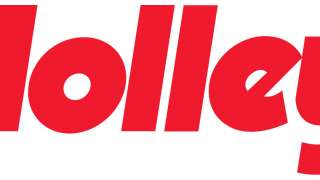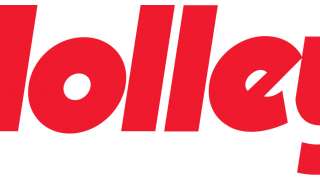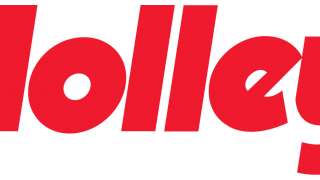
Big Horsepower at High RPM With Our Pump Gas 496 Stroker Big Block Chevy
Our Big Block Chevy gets ready for life inside a high-revving hot rod, with the addition of higher-flowing cylinder heads, a bigger intake manifold, valvetrain upgrades, accessories, and an EFI that’s rated for 1440 CFM!
Season 10
Episode 3
Hosts: Pat Topolinski, Frankie Forman
First Air Date: March 13, 2023
Duration: 21 minutes 28 seconds




































